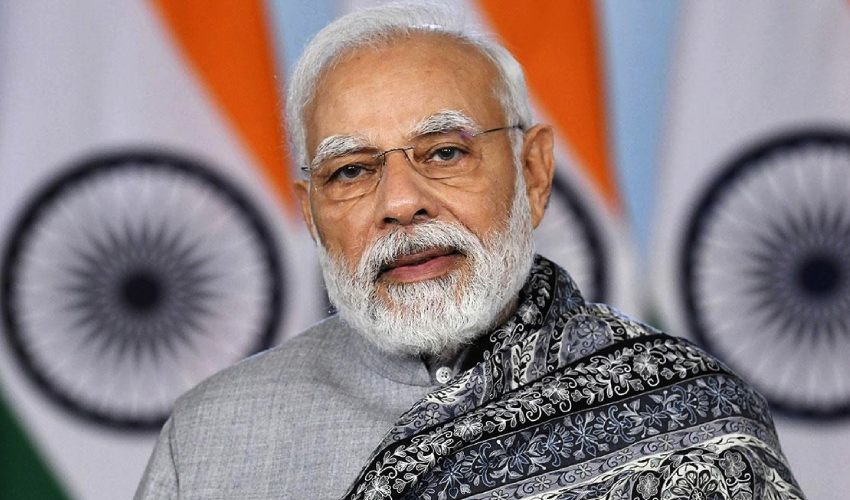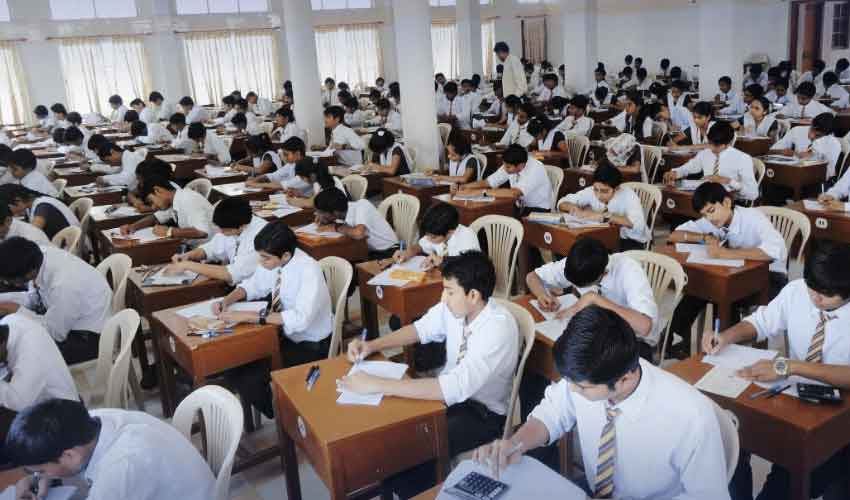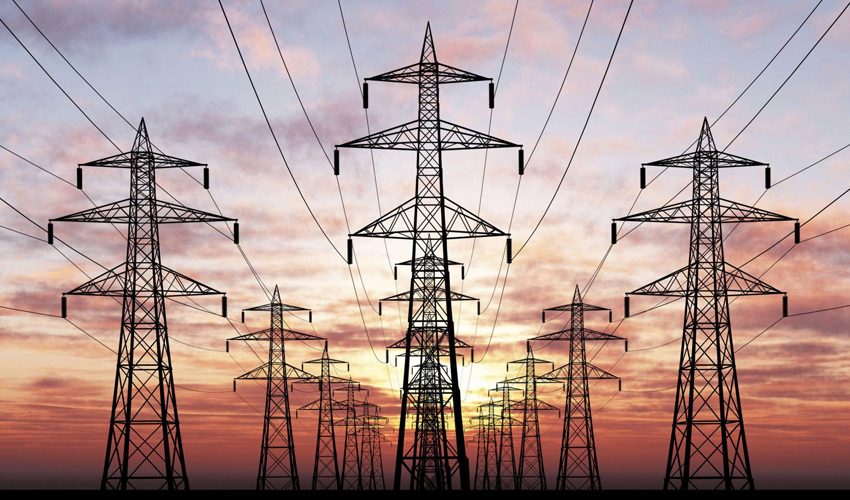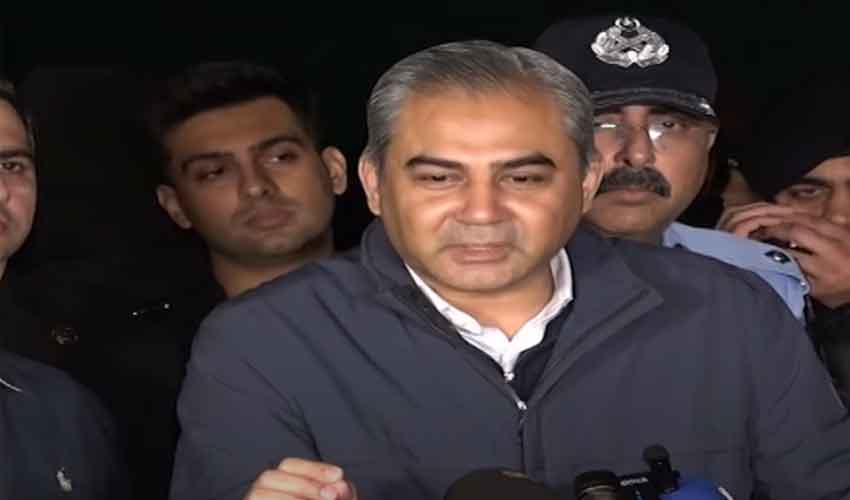In this northern Indian city once marred by communal tensions, labourers are finalizing a $6 billion infrastructure facelift ahead of the opening of a grand Hindu temple that is igniting an economic boom - which some of Ayodhya's poor and its Muslim community say is passing them by.
City officials expect about 4.5 million tourists a month - more than Ayodhya's entire population of 3 million - once the first stage of Ram Mandir, as the temple is known, opens on Jan. 22 inside a sprawling complex of carved pink sandstone and white marble.
Ayodhya made international headlines in 1992 when a Hindu mob razed Babri mosque - where the Mandir will stand - saying it had been built on the site of an earlier Hindu temple. The incident spurred nationwide riots that left 2,000 people dead, most of them Muslims.
After decades of legal contests, India's Supreme Court in 2019 awarded the site to Hindu groups for temple construction.
While the $180 million temple project in Uttar Pradesh state is funded by donations, the state government - controlled by Prime Minister Narendra Modi's Hindu nationalist Bharatiya Janata Party (BJP) - is pulling out all the stops.
Hindu priest Rajendra Das says the temple - which believers say is built on the birthplace of Lord Ram, one of Hinduism's most sacred deities - has boosted Ayodhya's hospitality and real estate sectors like never before.



























